Introduction to characters

 John is an 86 year old man, a retired mechanic who loves the physical act of fixing things, improving machines, fiddling with clocks and household objects to make them run more smoothly.
John is an 86 year old man, a retired mechanic who loves the physical act of fixing things, improving machines, fiddling with clocks and household objects to make them run more smoothly. John is living with chronic respiratory disease and dementia and this has restricted his life outside his home. His memory difficulties mean he sometimes forgets to switch things off or eat properly. John also has an arterial leg ulcer and frequently experiences tremendous pain; recently he has not been able to take analgesia safely.
His neighbours have become aware of his difficulties as he has stopped taking his dog Graham out for walks, and now they can see Graham has destroyed John's garden. John is a realistic man and understands that despite the increasing care he is having at home, his memory loss is impacting on his quality of life and safety.
John's respiratory specialist nurse recently examined him and has explained he will now need oxygen. Following a discussion with a social worker, the district nurse, who has worked with John for a number of years, has asked John if they might all meet together to discuss the options available.
The meeting is open and honest, John is supported by his neighbours and acknowledges that he needs further help as his quality of life is deteriorating. Following assessment, he agrees to go to Red Cedars, a care home with nursing nearby.
 Seema is an 86 year old Gujarati lady who has been cared for by her family for many years. She speaks a little English and now has severely reduced mobility and frequently suffers falls.
Seema is an 86 year old Gujarati lady who has been cared for by her family for many years. She speaks a little English and now has severely reduced mobility and frequently suffers falls. Seema enjoys preparing meals, attending temple and being in the company of her great grandchildren. Sadly Seema has started displaying distress in the evenings and despite expert intervention this has not been fully resolved.
Seema has a diagnosis of vascular dementia as well as heart failure and experiences urinary incontinence. Recently Seema has been distressed to the point where she started to throw objects and the family feels it is unsafe for her to remain at home. They are very troubled about not being able to care for Seema and having considerable support from social care services.
Following a mental health review and in discussion with her CPN and social worker, Seema is going to Red Cedars for a two week respite stay with ongoing CPN intervention and trial of medication.
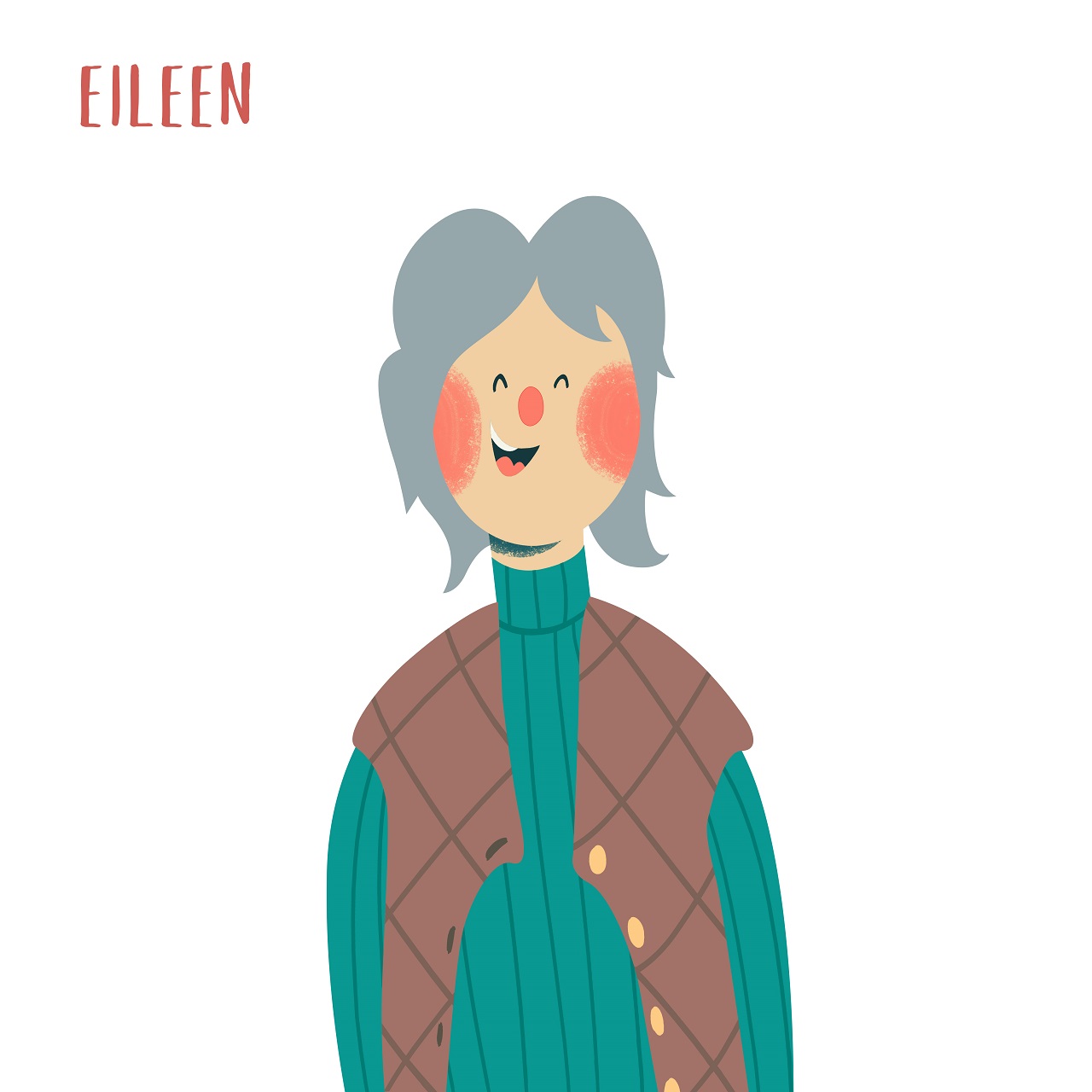
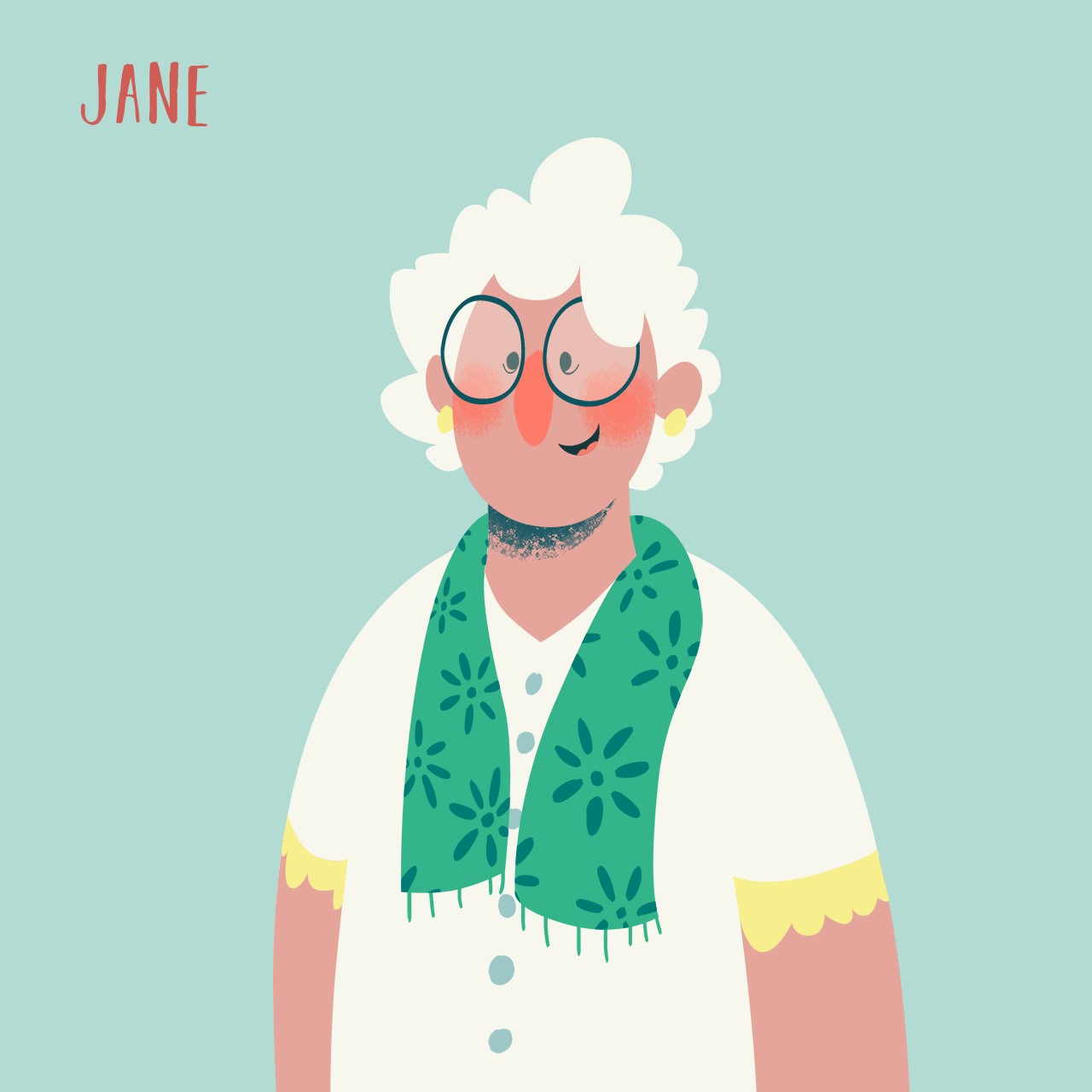 Jane has lived with her friend Eileen for 50 years. Jane is a retired nurse as is Eileen; they have been caring for themselves without any social care support for the last 10 years, largely due to their professional knowledge and skill.
Jane has lived with her friend Eileen for 50 years. Jane is a retired nurse as is Eileen; they have been caring for themselves without any social care support for the last 10 years, largely due to their professional knowledge and skill. Jane is diabetic with very erratic blood sugars, she now has a diagnosis of moderate cognitive impairment, and has recently started to experience seizures. This combination has meant that Eileen who is living with frailty is unable to continue to provide a level of support that Jane needs.
Jane has decided to fund her own care in the care home with nursing at Red Cedars whilst Eileen remains in their apartment.
Eileen is still able to spend much of her time with Jane in the nursing home.
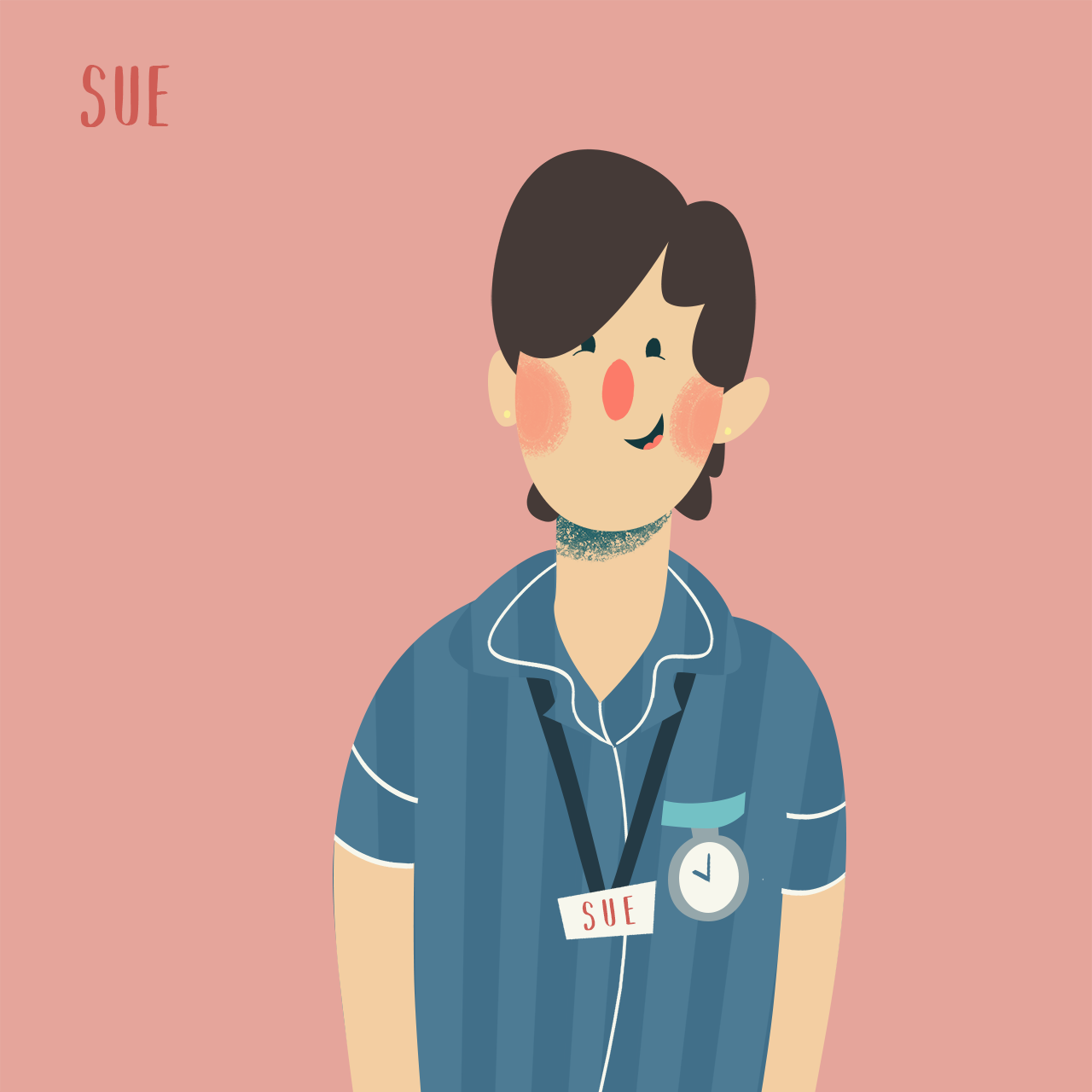 Sue has had a long career in nursing, initially as a registered nurse in acute trusts. She then qualified as a district nurse and v100 prescriber, and worked in rural Wales.
Sue has had a long career in nursing, initially as a registered nurse in acute trusts. She then qualified as a district nurse and v100 prescriber, and worked in rural Wales. She is now a senior member of the care home team with a special interest in end of life care. Sue also provides childcare for her daughter’s child one day a week and enjoys a flexible working pattern.
Sue is currently experiencing some health issues related to her menopause but remains very committed to her career and the residents at Red Cedars.
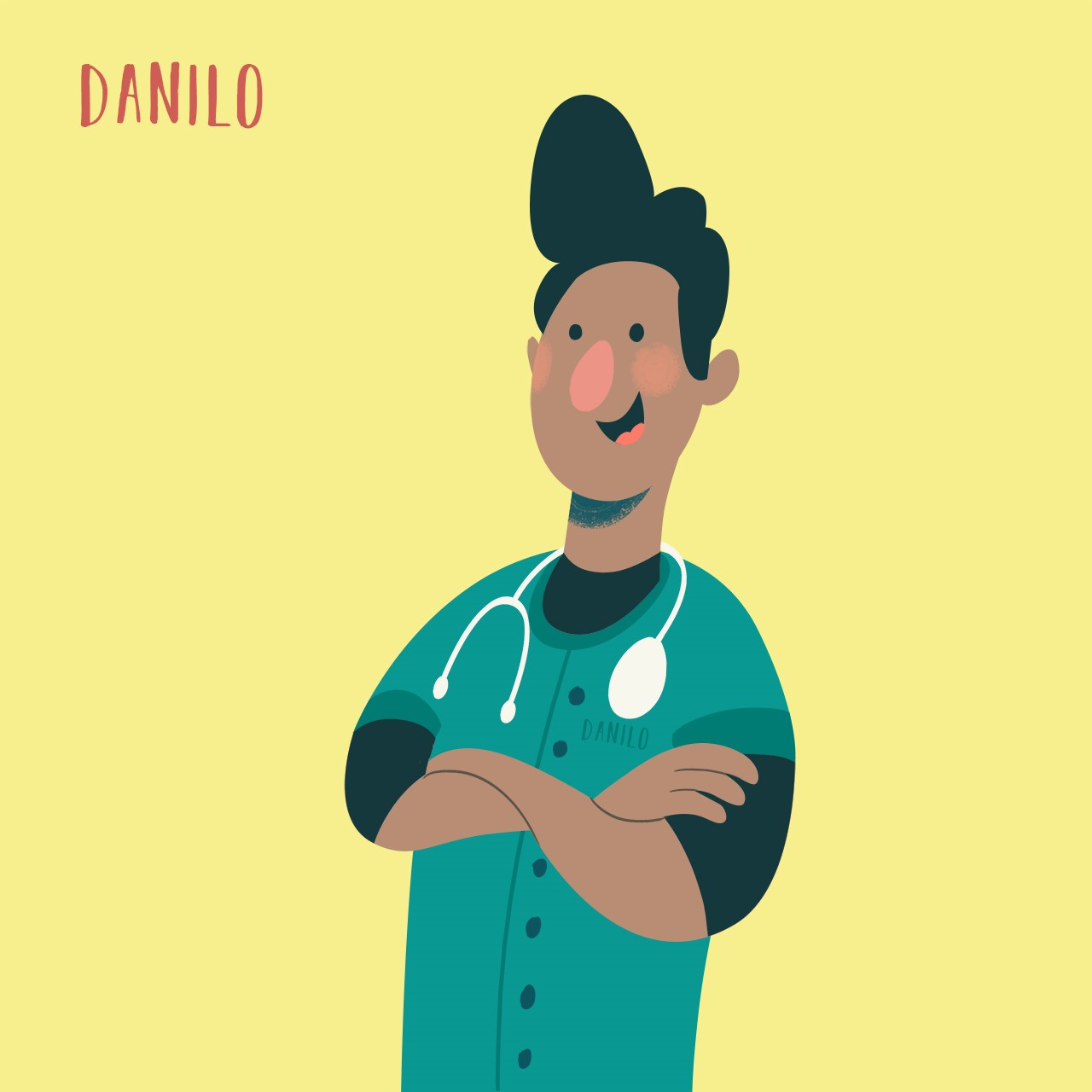 Danilo is a staff nurse who has come to work in a care home from the Philippines; his wife and children remain there.
Danilo is a staff nurse who has come to work in a care home from the Philippines; his wife and children remain there. Danilo is keen to progress his career and would like to live in the UK permanently.
Danilo enjoys the family based culture that is evident in a care home environment.
 Rachel is a recent school leaver who is working in a care home as a volunteer to improve her CV.
Rachel is a recent school leaver who is working in a care home as a volunteer to improve her CV. Rachel has not considered a career in health or social care but volunteered because her school had links with the home and it was only in the next village.
She now works at Red Cedars as a nursing assistant. Rachel is keen to develop and enjoys learning.

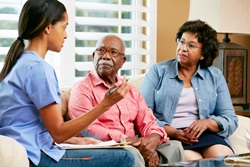
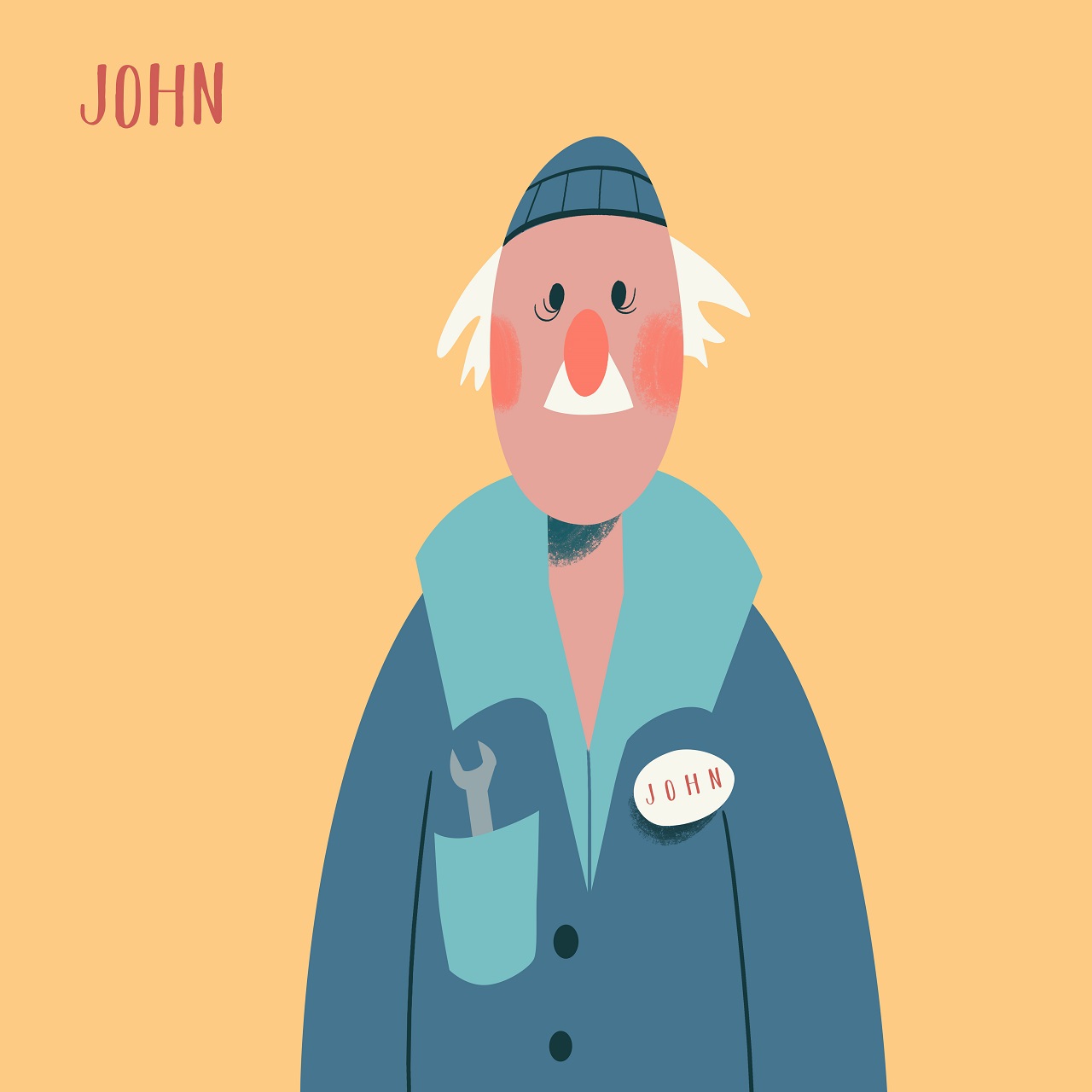 John understands that despite the increasing care he is having at home his memory loss is impacting on his quality of life and safety.
John understands that despite the increasing care he is having at home his memory loss is impacting on his quality of life and safety. 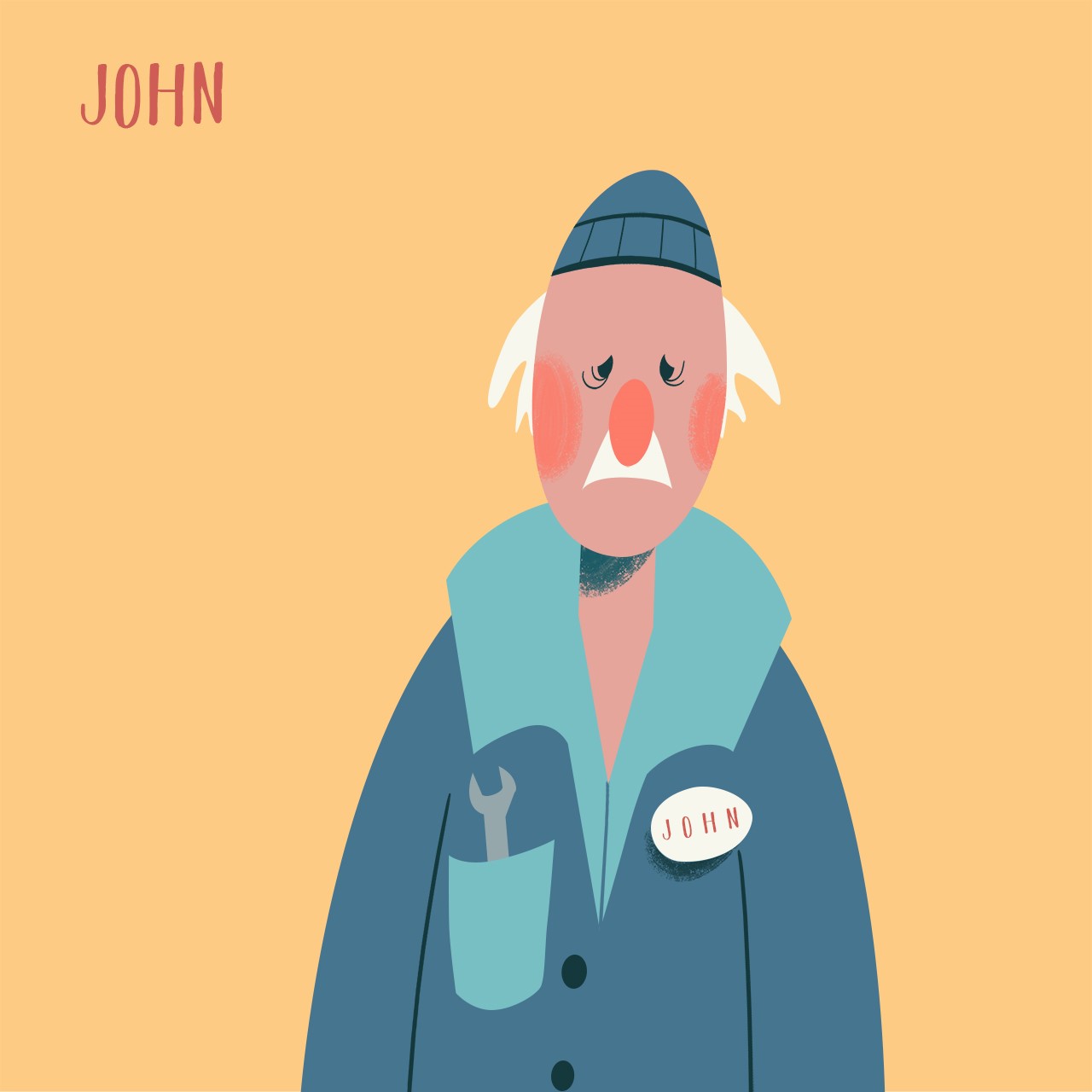
 John is an 86 year old man, a retired mechanic who loves the physical act of fixing things, improving machines, fiddling with clocks and household objects to make them run more smoothly.
John is an 86 year old man, a retired mechanic who loves the physical act of fixing things, improving machines, fiddling with clocks and household objects to make them run more smoothly.  Care plan template
Care plan template Writing good care plans
Writing good care plans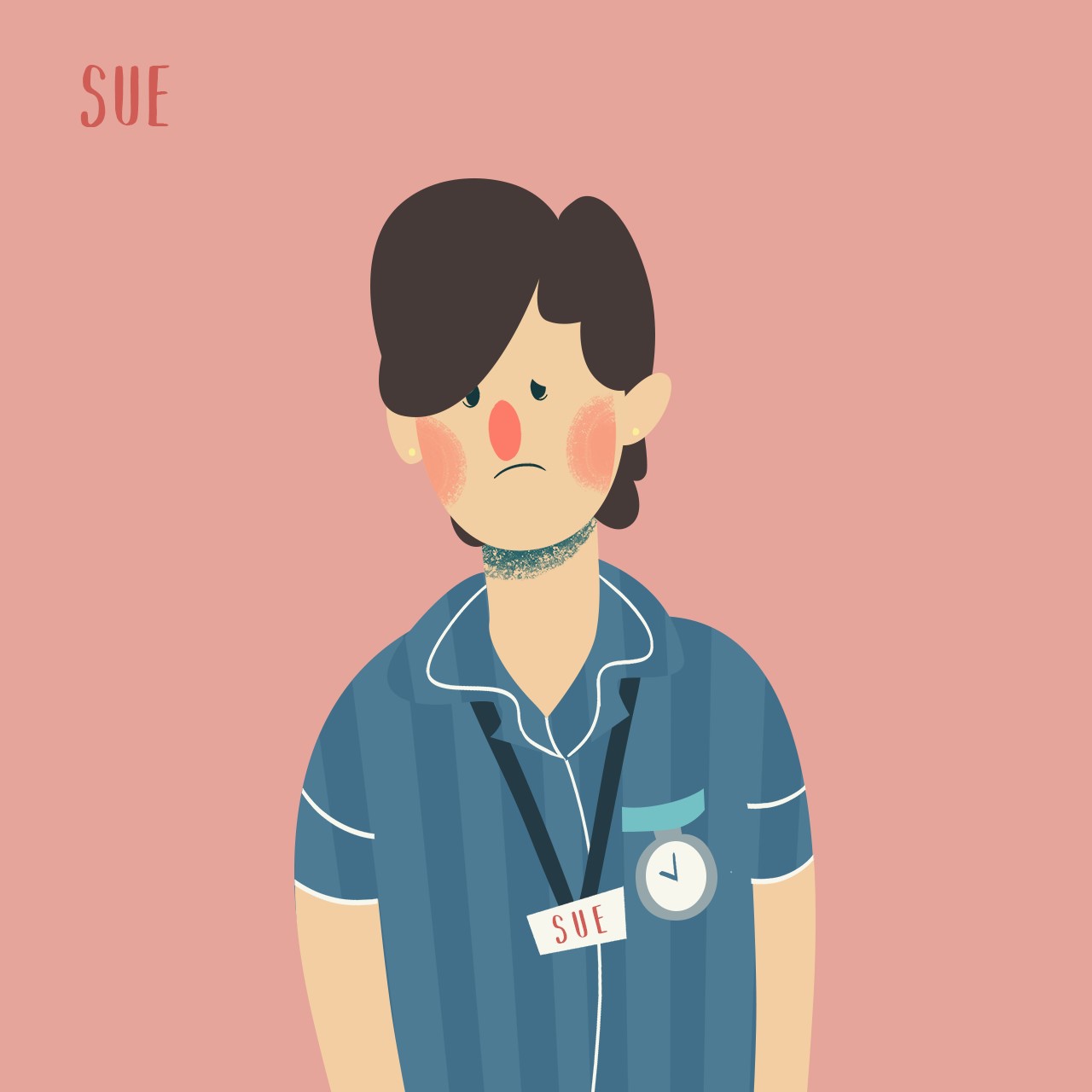 It is increasingly likely that nursing colleagues may be caring for a family member themselves and the senior nurse will have a role in providing access to support in the workplace.
It is increasingly likely that nursing colleagues may be caring for a family member themselves and the senior nurse will have a role in providing access to support in the workplace.
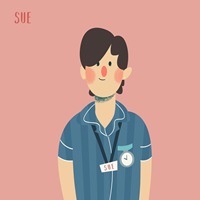
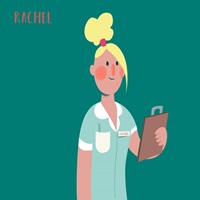 When Seema was admitted to the care home she was disorientated in place and time and understandably frightened. She was welcomed to the home by Sue and shown to her room.
When Seema was admitted to the care home she was disorientated in place and time and understandably frightened. She was welcomed to the home by Sue and shown to her room.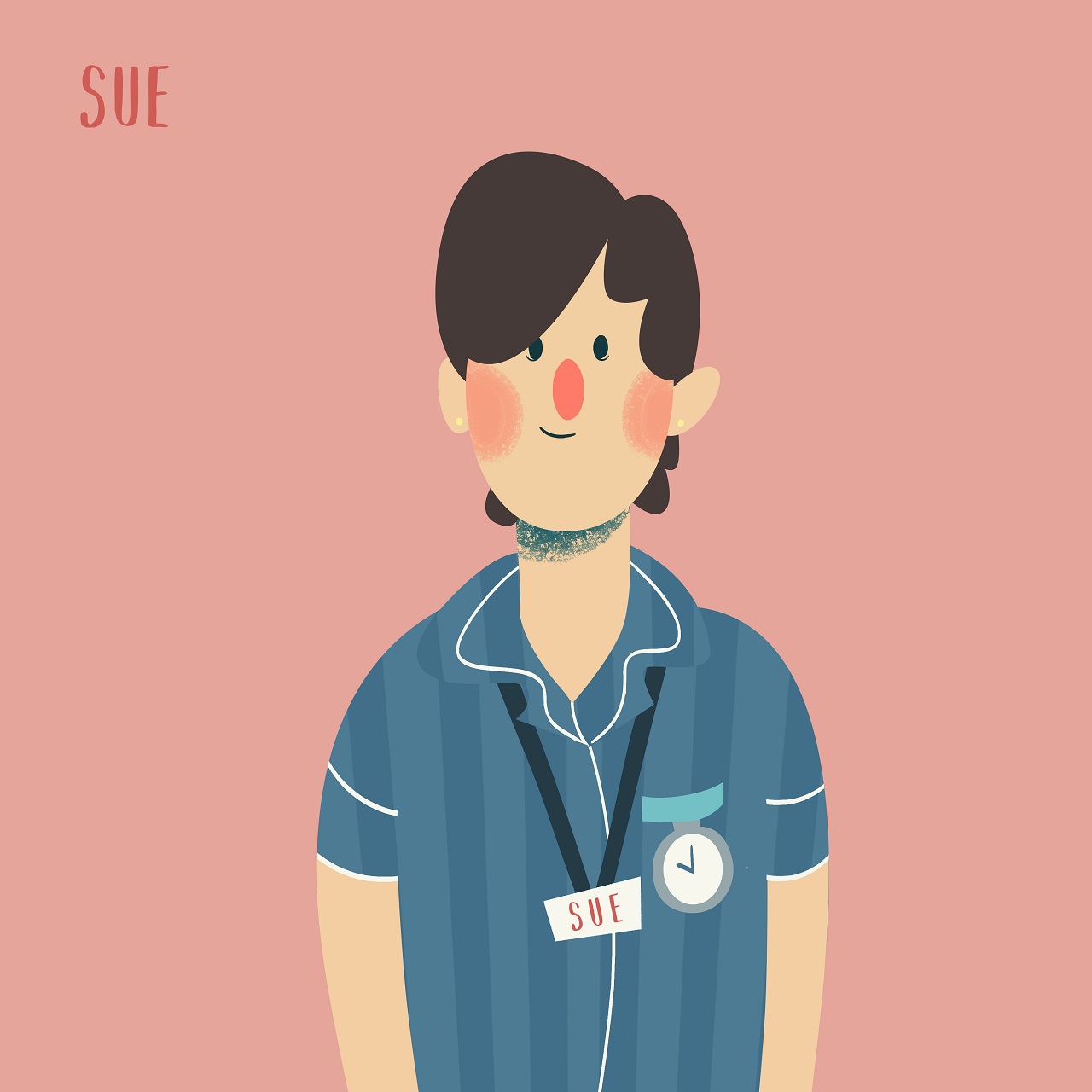 We can see that Sue had prepared for Seema's admission, was well informed and empathetic and had experience in managing situations which are emotionally sensitive.
We can see that Sue had prepared for Seema's admission, was well informed and empathetic and had experience in managing situations which are emotionally sensitive. 
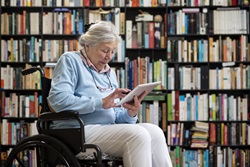

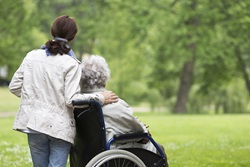

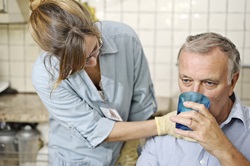
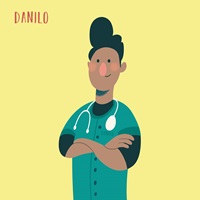
 Jane was on her way to bed in the evening: before retiring for the night, Jane always checks her blood sugar, although since joining the care home she sometimes needs prompting due to her cognitive impairment; the night staff always check it has been done and what the measurement is.
Jane was on her way to bed in the evening: before retiring for the night, Jane always checks her blood sugar, although since joining the care home she sometimes needs prompting due to her cognitive impairment; the night staff always check it has been done and what the measurement is. 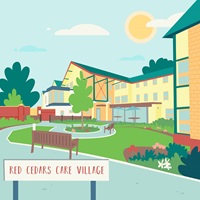
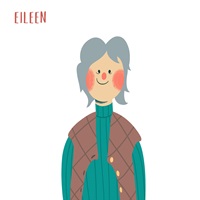
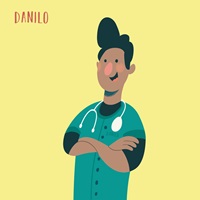 The staff were aware that Eileen is living with frailty but remains in her own home in the village visiting every day to see Jane. Rachel is keen to understand more about frailty and knows Danilo has completed some online learning. She asks Danilo if he is able to offer a brief teaching session in the afternoon and suggests that some of the residents' relatives might like to come. Danilo explains that;
The staff were aware that Eileen is living with frailty but remains in her own home in the village visiting every day to see Jane. Rachel is keen to understand more about frailty and knows Danilo has completed some online learning. She asks Danilo if he is able to offer a brief teaching session in the afternoon and suggests that some of the residents' relatives might like to come. Danilo explains that;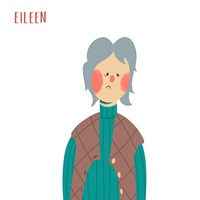
 Following Jane's return from hospital, Eileen was exhausted and decided to move into Red Cedars to be with Jane. This was a time for them to live back together and spend time with each other as Jane entered the end of her life.
Following Jane's return from hospital, Eileen was exhausted and decided to move into Red Cedars to be with Jane. This was a time for them to live back together and spend time with each other as Jane entered the end of her life. Inadequate verbal and written communication is recognised as being the most common causes of errors and poor resident experience, this being particularly true during periods of transition. Communication is more effective in teams and between teams where there are standard communication structures in place.
Inadequate verbal and written communication is recognised as being the most common causes of errors and poor resident experience, this being particularly true during periods of transition. Communication is more effective in teams and between teams where there are standard communication structures in place.



